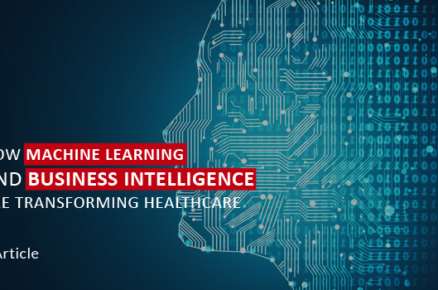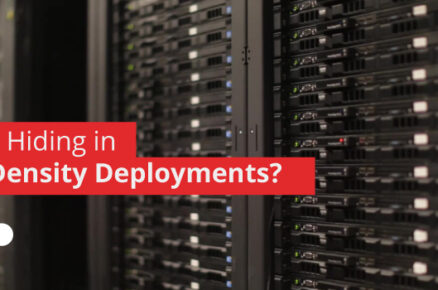The year 2020, has been the year of disruptions, primarily led by the onset of COVID-19 pandemic. Organizations across the world were forced to undergo 360-degree transformations and alter their business continuity plans almost overnight, to stay in tandem to the changing environment, for smooth sustenance of business operations and employee well-being.
Worldwide lockdowns forced people to follow the protocols of quarantine and social distancing which led to the emergence of work from home, that in turn forced businesses to scale up the operations and the security systems rapidly to transition from the brick-and-mortar model. In this process specialized teams were formulated to monitor and set up technological infrastructure to connect people and different functions of the business, by ensuring safety of these connections.
According to a survey conducted by McKinsey of Global Executives, companies are transcending from traditional towards more hybrid ways of business. The leaders in the survey stated that their companies have accelerated the digitization of their customer and supply-chain interactions and of their internal operations by three to four years in advance. And the share of digital or digitally enabled products in their portfolios has accelerated by seven years. Simultaneously the investment in digital initiatives has been increased exponentially in the overall cost overheads.
The rapid change led by the pandemic has prepared companies to stay ahead of the curve and this new business environment requires new strategies to move forward. Technology which was just a function is now of strategic importance and a critical component for businesses. With digital taking a quantum leap in the past year, it has also led to certain security risks and the need for cybersecurity.
Remotely Working
The quicker transition to work-from-home resulted in the sudden convergence of networks, need for security, and connectivity. Every individual remotely working from home became a new network touchpoint. Hence, the requirement of secure access was not just for the core network, but across the entire distributed areas, inclusive of other workers, applications, and services distributed across multi-cloud environments is a necessity to connect, communicate, and perform their tasks. As a result, networks became even more dynamic. These continually shifting networks can no longer be managed or protected using the outdated, isolated approaches to networking and security most organizations were operating in the past.
Security-Driven Infrastructure
Customer centricity for B2B and B2C businesses has witnessed a massive change, the share of income has increased considerably through online channels, which also fueled cyber risks such as theft, phishing, and identity theft that might hamper companies and economies at large. According to estimates of the World Economic Forum’s 2020 Global Risk report, cybercrime will cost the world $10.5 trillion annually by 2025. Therefore, integration of the digital infrastructure, security, and networking is of prime importance. Security-driven infrastructure can help organizations to effectively monitor, protect and adapt to the dynamism in the current business situation and likewise preserve the user-friendliness of both internal and external stakeholders.
Adapt to the Latest Digital Innovations
Developing a steadily secured interface that is integrated into every network touchpoint will allow any person to access services of the business from anywhere around the world. Companies can scale up and adapt to the latest digital innovations at their disposal with breakthroughs such as Quantum Computing, 5G technology, Artificial Intelligence, and IT- OT convergence to strengthen and build a secure digital infrastructure.
Software-Defined Wide Area Networking
Lastly, businesses with a forward-thinking mindset are moving past traditional means of conducting sales and managing operations and have now begun to invest in high-end technologies such as Software-Defined Wide Area Networking, Secure Access Service Edge solutions that will not only support traditional business as well as remote working professionals. By deploying security and cutting-edge technology in almost every function such as HR, Sales, marketing, and finance as a synergized solution, rather than a disconnected part, companies are planning to reduce complexity, become cost-efficient and improve performance.
Want to streamline operations with high levels of automation? Tyrone introduces Hyper-converged infrastructure based on world-class Intel blocks. Designed to address the challenges of storage modernization, this offering helps resellers reduce complexity and speed time to market.
Find out more about the solution: https://tyronesystems.com/hci/












